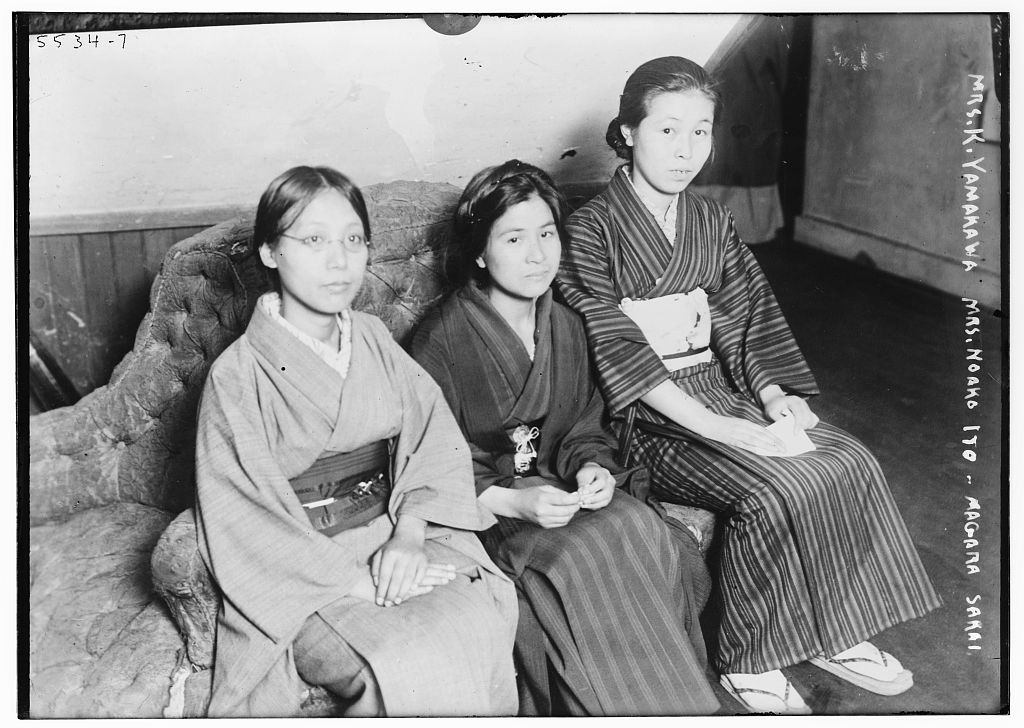
HU Shih (1891-1962) was a Chinese literary critic, politician, and philosopher. He is best known for his advocacy of the use of Chinese vernacular, which greatly democratized literature in China. Born in Shanghai, Hu distinguished himself by becoming a national scholar, and went on the study at Cornell and Columbia University in the United States. At Columbia Hu studied philosophy with the pragmatist John Dewey, whose views would greatly influence Hu. Upon returning to lecture at Peking University, Hu started writing for the journal New Youth, and quickly became a prominent public intellectual. In various publications, Hu advocated for a “new literature” written in vernacular Chinese (baihua) and thus freed from the tyranny and constraints of the “dead” classical language (wenyuan).
This would prove hugely transformative for China’s nascent literary movements, as the switch to vernacular enabled many more people to read, write, and otherwise critically participate in literature. At the same time, Hu advocated for a broad application of Dewey’s pragmatic methodology, including the use of the scientific method in the study of traditional Chinese literature. Following the May Fourth incident in 1919, however, these pragmatist convictions would lead Hu to split with the communists, as he saw abstract doctrines like Marxism or Anarchism as being unable to offer solutions to the real issues China faced. Hu’s relations with the nationalists were similarly tenuous, but he would nevertheless go on to serve as ambassador to Washington and later Chancellor to Peking National University. When the communists seized power in 1949, Hu fled to New York City, before settling in Taiwan, where he would live the rest of his life.
FURTHER READING
Shih, Hu, and Chih-P’ing Chou. English Writings of Hu Shih Chinese Philosophy and Intellectual History, 3 vols. Berlin, Germany: Springer, 2013.
Grieder, Jerome. Hu Shih and the Chinese Renaissance: Liberalism in the Chinese Revolution, 1917-1937. Cambridge: Harvard University Press, 1970.
Chou, Min-Chih. Hu Shih and Intellectual Choice in Modern China. Ann Arbor: University of Michigan Press, 1984.
Leave a Comment




